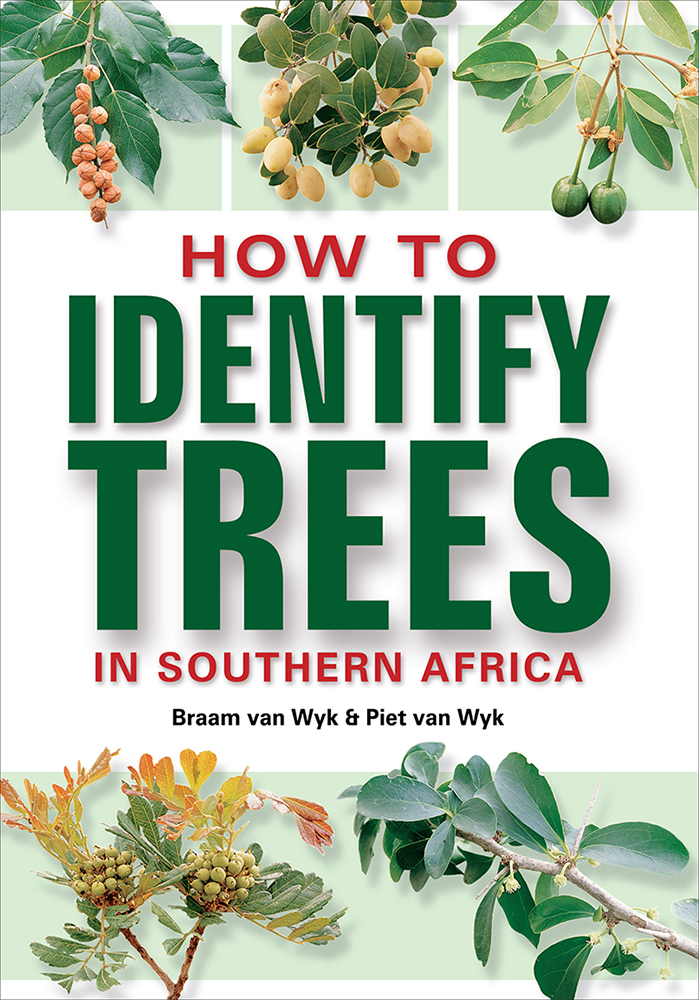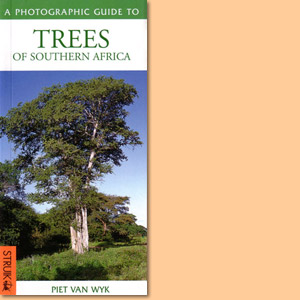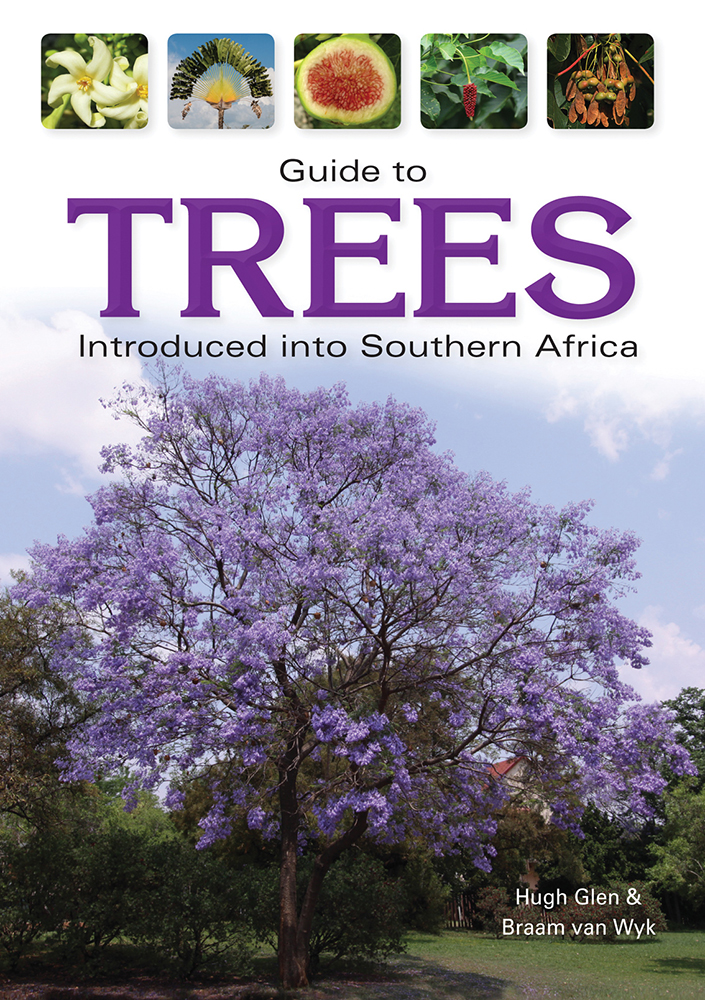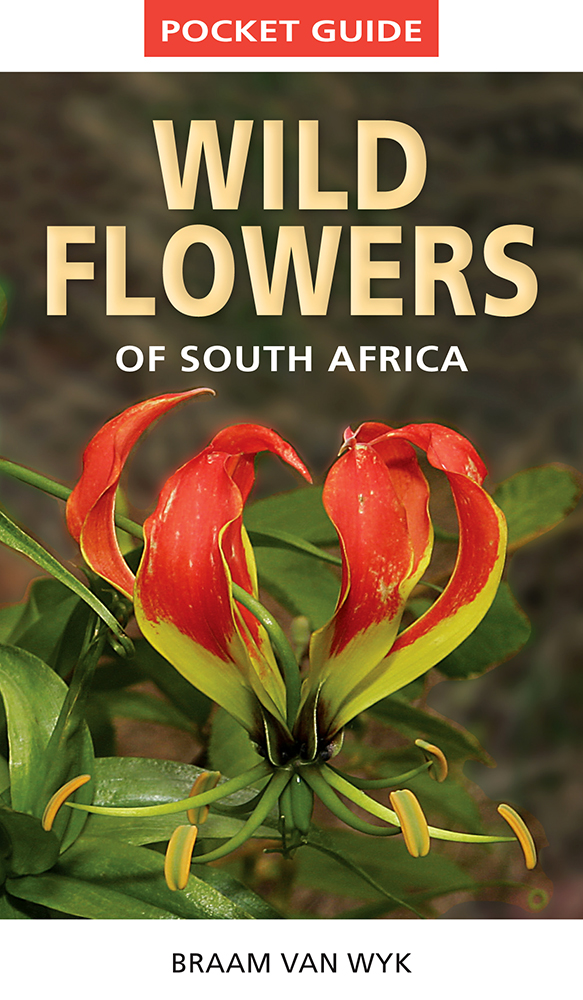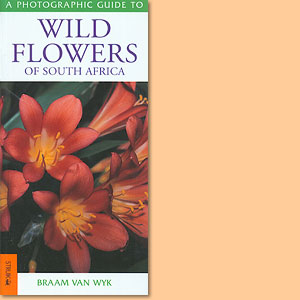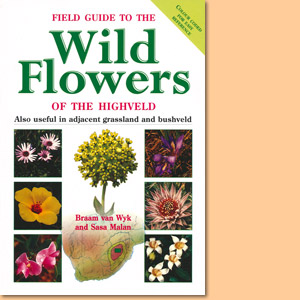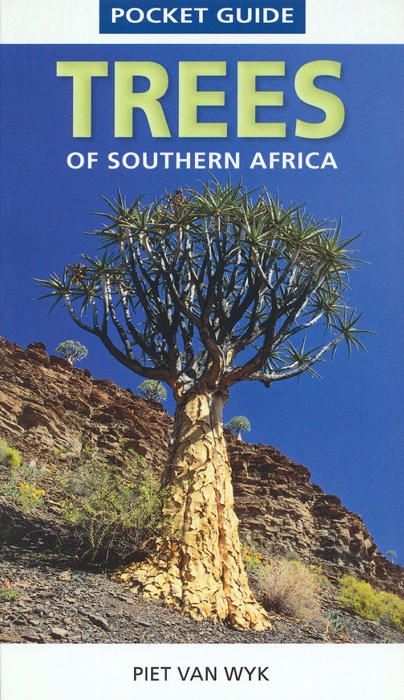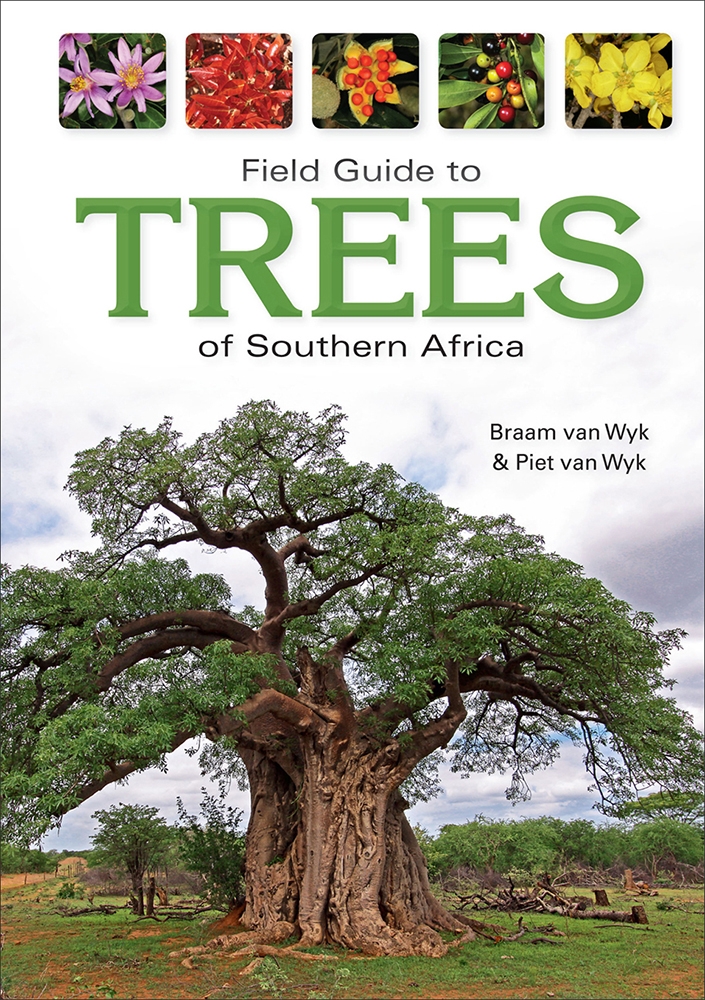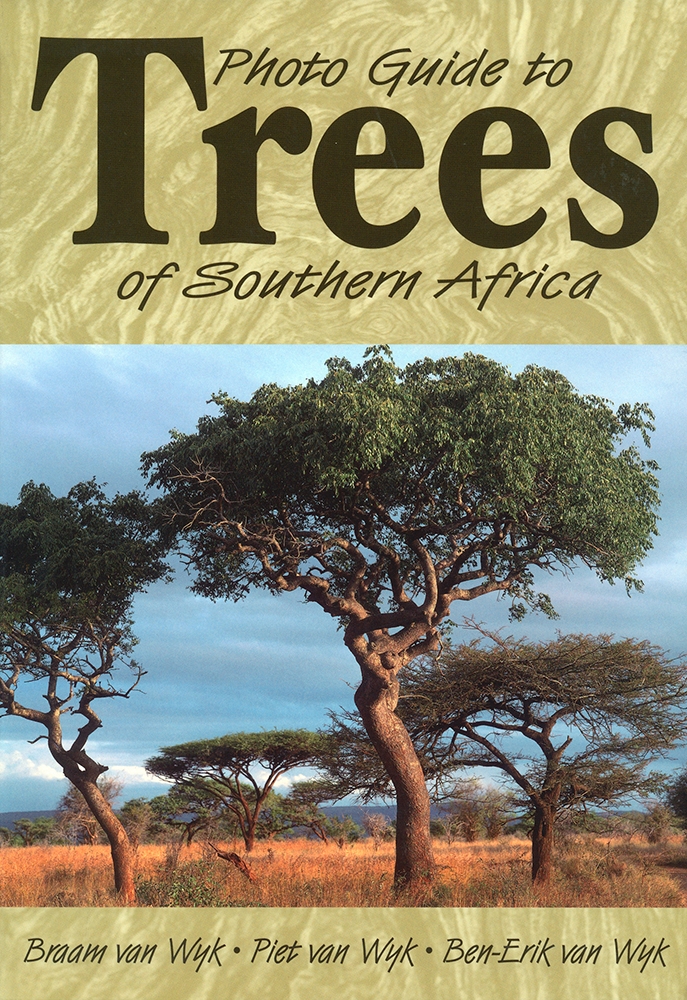How to Identify Trees in Southern Africa, by Braam van Wyk and Piet van Wyk
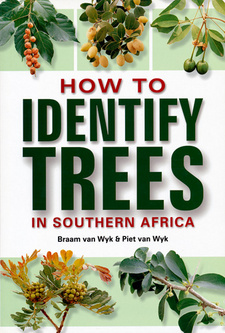
How to Identify Trees in Southern Africa, by Braam van Wyk and Piet van Wyk. Penguin Random House. Imprint: Struik Nature. Cape Town, South Africa 2007. ISBN 9781770072404 / ISBN 978-1-77007-240-4
How to Identify Trees in Southern Africa promotes an approach that will equip readers to use any field guide to trees with greater ease and more confidence. Expert authors are Braam van Wyk and Piet van Wyk.
Preface
Southern Africa is rich in trees, with about 2100 native species, plus several hundred more that have been introduced from other parts of the world. Therefore, identifying specific trees presents a challenge to the professional botanist and layperson alike. When starting out, many tree enthusiasts are disheartened by having to come to grips with such extraordinary diversity. Disappointment sets in when realizing - after several failed attempts at identification - that the acquisition of a tree book is no guarantee for success. Not surprisingly, tree identification is seen by many beginners as a skill that is almost impossible to master. The principal aim of this book is to demystify the subject and to present knowledge that will enable the novice to become competent in tree identification. Instead of responding to the question 'What is that tree?' with a name, this book attempts to answer the more fundamental question 'How do I establish the name of a tree?' Knowing a tree's name is but a small part of what tree identification is all about. In fact, names are not a prerequisite for classification and identification. Far more important is understanding the characters that are used to classify trees. One must, in the first instance, be able to explain what characters distinguish one species from another. Unlike the identification of larger animals, plant identification requires the use of characters that are not always very obvious. We also, at least initially, tend to be constrained in the way we look at trees for identification clues. Getting to grips with the seemingly bewildering range of trees requires a classification framework. Based on shared features due to common descent, plants and animals are classified by biologists into larger units, one of which is the family. Identifying the family to which an unknown organism belongs is one of the first steps towards establishing its species. By knowing the family, many other possible species can be eliminated and the search for a name becomes more directed. It is easier to conceptualize animal families than plant families, because the identifying differences can often be seen in the shape of the whole organism. (Think, for example, of bird families such as doves, parrots, owls or sunbirds.) This, however, is not the case with trees. Tree families are based on less obvious features that involve details of flowers, fruit, anatomy and chemistry.
With few exceptions (the palm family is one) it is not possible to recognize a tree family purely from the shape of its trees. To compensate for the limitations posed by family recognition, we offer an alternative, more practical approach. Based on easy-to-observe stem and leaf features, 43 tree groups are recognized. These 'groups-of-convenience' might not be natural entities, as is the case with families, but their advantage lies in the fact that they are much easier to identify than formal botanical families. An additional benefit is that they allow the construction of a simple pictorial representation of the principal characters of each group in the form of an icon. These icons make it considerably easier for beginners to conceptualize the observed tree diversity. As your familiarity with trees increases, you will find it easy to recognize some of the widespread tree families.
Identifying an unknown organism, or confirming the identity of a familiar one, is part of the enjoyment of nature. It is also an essential activity, as a name is the key with which all that is known about the organism can be retrieved from the literature or the Internet. It is our hope that this book will further a general understanding of trees and inspire more individuals to take on the challenges of tree identification and, in so doing, increase awareness of the wonderful world of trees. How to Identify Trees in Southern Africa has been prepared to complement the authors' Field Guide to Trees of Southern Africa; we strongly recommend that you acquire the latter and use it in conjunction with this book. [...]
This is an excerpt from the book: How to Identify Trees in Southern Africa, by Braam van Wyk and Piet van Wyk.
Authors: Braam van Wyk; Piet van Wyk
Publisher: Random House Struik
Imprint: Nature
Cape Town, South Africa 2007
ISBN 9781770072404 / ISBN 978-1-77007-240-4
Softcover, 15 x 24 cm, 184 pages, throughout illustrations and photos
van Wyk, Braam und van Wyk, Piet im Namibiana-Buchangebot
How to Identify Trees in Southern Africa
How to Identify Trees in Southern Africa provides the background knowledge essential for tree identification.
A Photographic Guide to Trees of Southern Africa
A Photographic Guide to Trees of Southern Africa presents approximately 250 of southern Africa's most commonly seen trees.
Guide to Trees Introduced into Southern Africa
Guide to Trees: Introduced into Southern Africa is an invaluable guide for landscapers, gardeners and all tree enthusiasts.
Pocket Guide: Wild Flowers of South Africa
Pocket Guide: Wild Flowers of South Africa covers some 260 flowers representing all of the region’s major vegetation types.
A photographic guide to wild flowers of South Africa
260 species from South Africa, Lesotho and Swaziland
Field Guide to the Wild Flowers of the Highveld
More than 3500 wild flower species inhabit South Africa's Highveld region
Pocket Guide: Trees of Southern Africa
The Pocket Guide Trees of Southern Africa introduces to the region’s trees, describing and illustrating 132 species.
Field Guide to Trees of Southern Africa
Field Guide to Trees of Southern Africa describes and illustrates more than 1000 species, focusing on the most common and those most likely to be encountered.
Photo Guide to Trees of Southern Africa
Photo Guide to Trees of Southern Africa is an invaluable identification and reference guide to 300 of the more common tree species.

